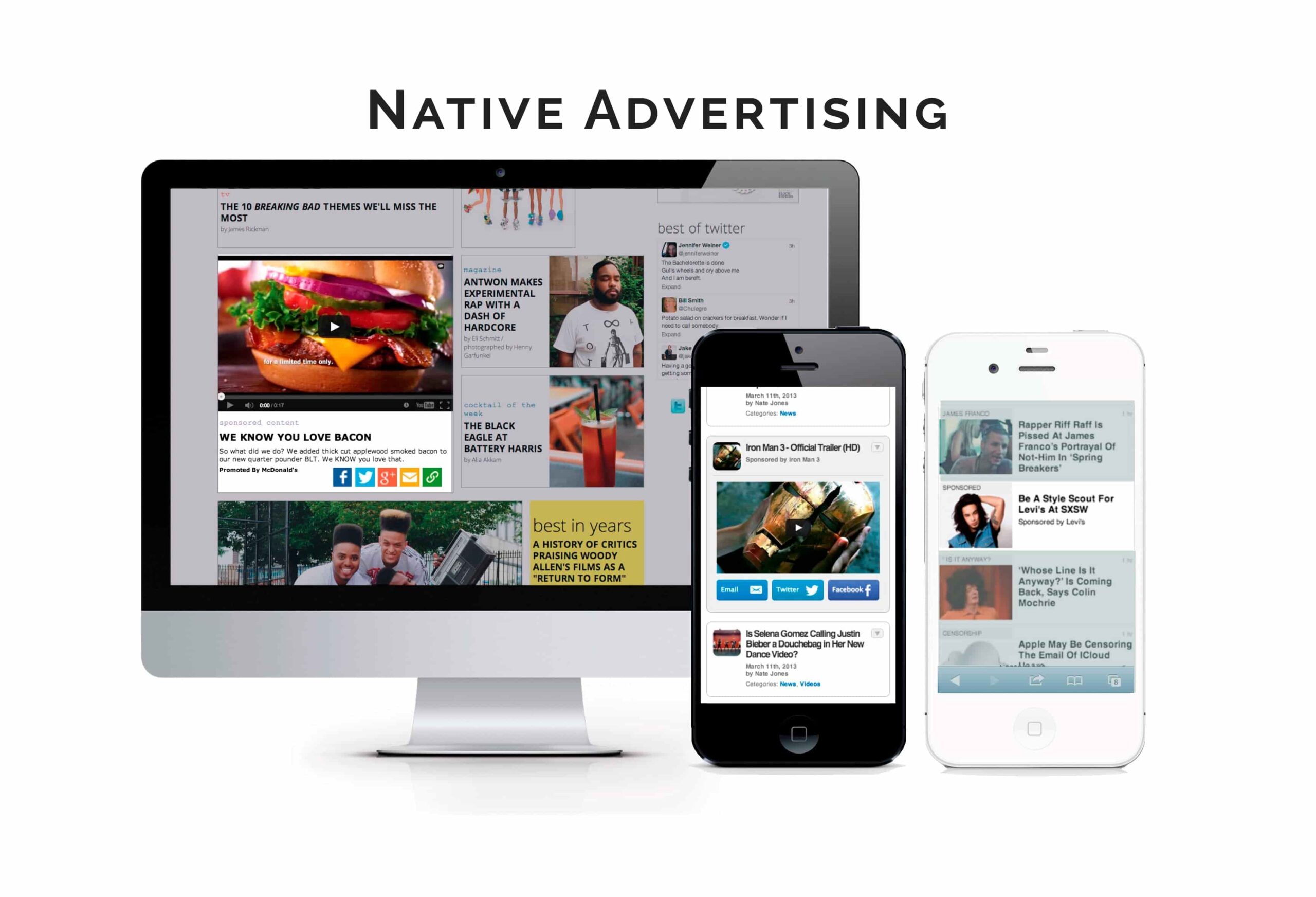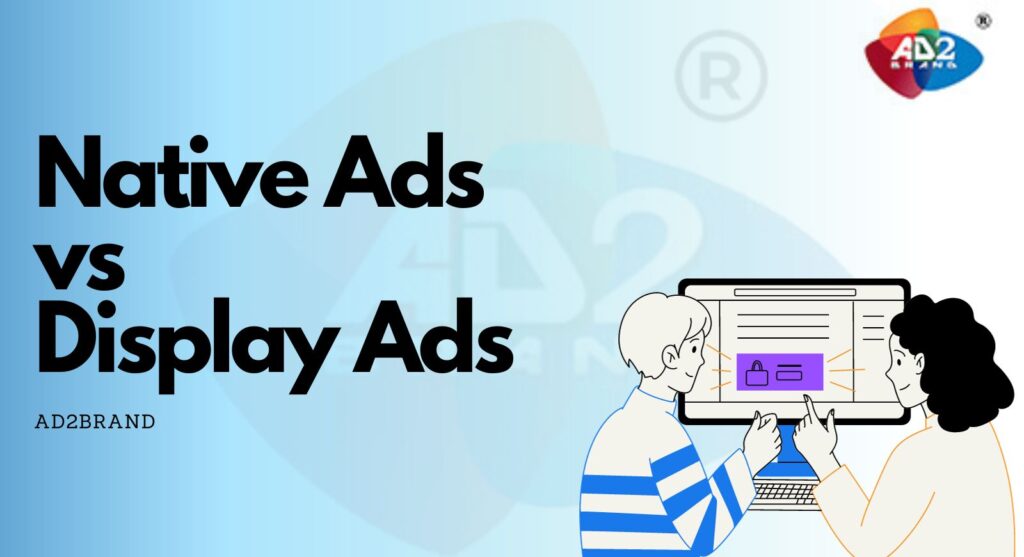Back in 1994, which seems like ages ago in internet time, According to Mashable the very first online display ad made its debut. It was a banner ad crafted for AT&T by McCambley. This ad marked a historic moment, but surprisingly, it didn’t even show the advertiser’s logo. Why? Because AT&T hadn’t finalized approval before it was published. Interestingly, this early display ad had a similarity with what we now know as native ads – it didn’t instantly reveal the advertiser’s identity or visually connect with the brand.
The competition between ads has shifted! For nearly three decades, display ads ruled the online advertising realm. But in 2011, the term ‘native advertising’ emerged. Since then, native ads have gained serious ground and taken over the top spot from display ads. Recent studies show that native ads get 52% more views compared to display ads. Plus, they boost brand recognition way more than display ads. The money spent on native ads is soaring high too—$85 billion globally in 2021—and experts predict it’ll reach a staggering $190 billion by 2028.
To understand why native ads are winning the ad game, let’s dive into both types and explore what sets them apart.
Display Ads –
Display ads, also known as Google ads, are those advertisements you see online. The first ones were called ‘banner ads.’ They were image-based ads, kind of like strips at the top of a webpage. Over time, they became more diverse, including videos, interactive features, and pop-ups as web design got fancier. Nowadays, when people talk about banner ads, they often mean a specific size, 468 x 60 pixels.
These ads usually don’t get many clicks, just 0.05% across all styles and platforms. But clicks aren’t the only important thing. When we look at other factors, like brand recognition and the likelihood of someone buying something, display ads do make an impact. Even though some people might ignore online ads after seeing too many, display ads still work. People who focus on performance in marketing often use them, especially in campaigns that target people who’ve visited a site before.

Native Ads –
Native ads blend into the web pages they’re on, fitting in with the page’s design instead of looking like typical ads. They’re not as pushy about selling things; they’re more like regular content you’d see on the page. You might spot them as sponsored posts on fancy websites, in social media feeds, or even in search engine results like Google or Bing.
These days, there are lots of different types of native ads to catch people’s attention, like native videos, quick ad clips, ads for installing apps, and more.

What exactly do native ads look like?
Native ads are quite new compared to Google ads, but they’ve become a big deal in online advertising. They work really well on phones, getting more clicks than on desktops. On smartphones, the click-through rate, which is how many people click the ad, can be up to 0.38%, while on computers, it’s about 0.16%, which is still better than display ads.
The Differences Between Display Ads & Native Ads
Native Ads | Display Ads |
Looks like regular content on the page | Clearly stands out as an ad |
Has a gentle approach in selling | Uses a more direct selling style |
Often has higher Click-Through Rates (CTR) | Typically has lower Click-Through Rates (CTR) |
Great for driving website traffic | Effective in retargeting campaigns |
May generate lower-quality traffic on common websites | Can also produce lower-quality traffic on common websites |
Generally more expensive per click | Usually cheaper per click |
Works better on mobile devices | Works better on desktop computers |
Today, ads are everywhere, and most people find digital ads annoying. A whopping 760 million ad-blocking software downloads show just how many people try to avoid them. But in this crowded ad world, native advertising found its way. It’s less bothersome and has become quite popular. It’s growing so much that it’s now beating display ads. However, that doesn’t mean display ads are fading. Not at all. In 2022, the US spent a lot, $63.5 billion on display ads, up from $56.7 billion in 2021.
We’re not sure what the future holds, but many marketers aren’t choosing sides. Instead, they’re using both display and native ads in their online strategies. They’re making the most of both types of ads to get the best results within their budgets.
Also Read This –
- How to Boost Your Business with Telegram Marketing in India 2024
- Latest Updates on Telegram Channels in 2024
- New Digital Marketing Trends in India 2024
- Must-Try Digital Marketing Strategy and Channels in 2024
- How to Earn Money Through Your Telegram Channel
- Telegram Channels or Groups: Which One’s Best for You?
- Brand Marketing: The Complete Guide
- Video Marketing: Your Comprehensive Guide
- A/B Testing: Boost Your Digital Marketing with These 4 Tips




